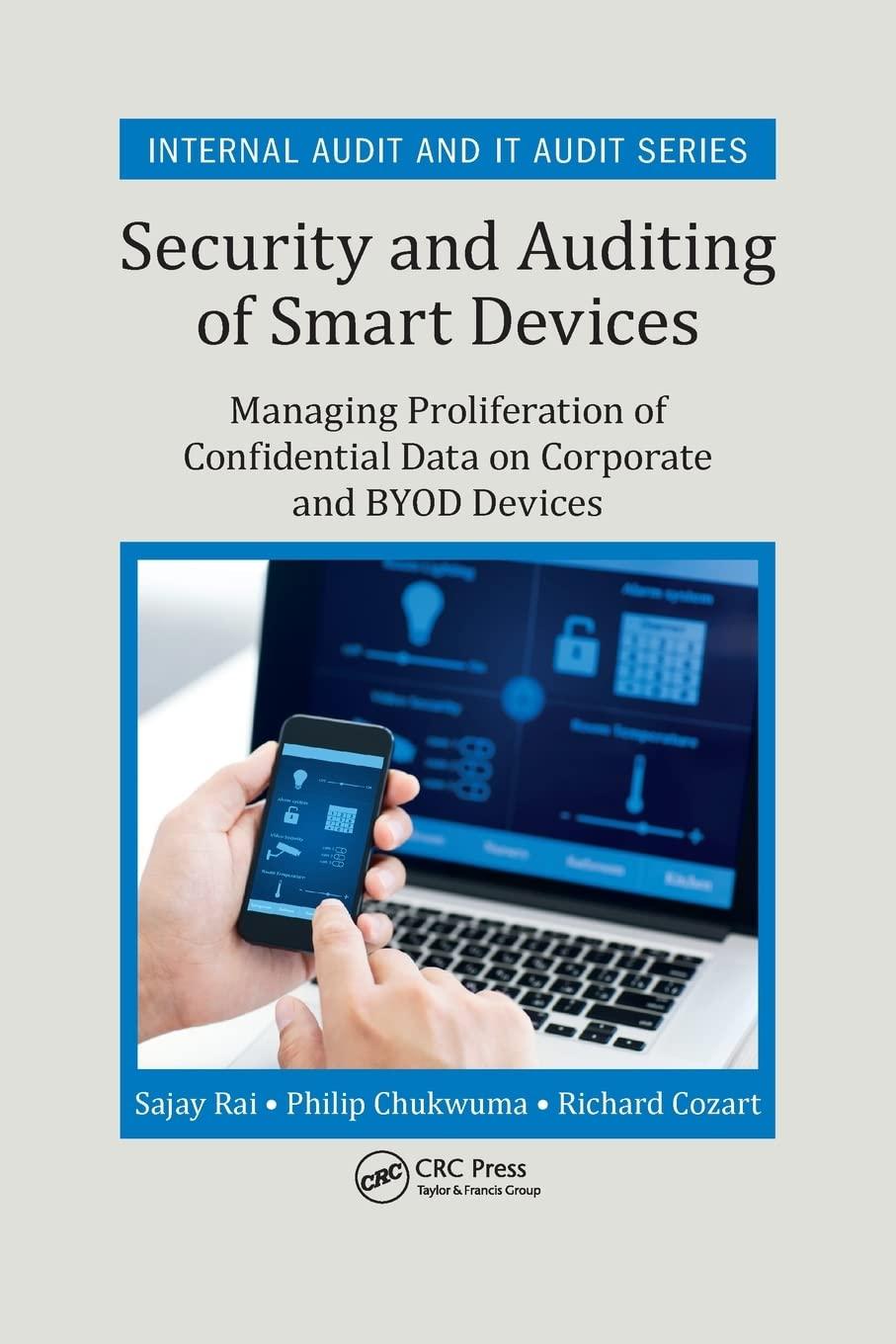Answered step by step
Verified Expert Solution
Question
1 Approved Answer
An investment alternative in a project requires a capital cost of $120 million completed at time zero. The investment will produce a stream of revenue


An investment alternative in a project requires a capital cost of $120 million completed at time zero. The investment will produce a stream of revenue of $60 million per year over a 6-year period with operating costs of $20 million per year at time zero values. General inflation is 4% and taxation is 40%. Assume an individual project basis for taxation in which the capital expenditure can be fully depreciated over the duration of the project on a declining-balance depreciation basis with the half-year rule, using CCA-40% (The half-year rule in Canada is explained in Table 8.6 in the textbook). Assume no salvage value and full depreciation of the remaining undepreciated amount of the capital cost in the final year. Calculate, showing your calculations: i) (13%) The annual after tax cash flows, in real/constant dollars, in a typical cash flow table (containing: revenue, costs, CCA, taxes; current and constant cash flow) after taking into account ii) iii) both taxation and inflation effects: You need to make a table to calculate the annual after tax annual cash flows. (4%) The payback period - based on annual after tax cash flows of constant dollars. (8%) The present worth value assuming a company cost of capital of i = 10%, based on the after tax cash flows. An investment alternative in a project requires a capital cost of $120 million completed at time zero. The investment will produce a stream of revenue of $60 million per year over a 6-year period with operating costs of $20 million per year at time zero values. General inflation is 4% and taxation is 40%. Assume an individual project basis for taxation in which the capital expenditure can be fully depreciated over the duration of the project on a declining-balance depreciation basis with the half-year rule, using CCA-40% (The half-year rule in Canada is explained in Table 8.6 in the textbook). Assume no salvage value and full depreciation of the remaining undepreciated amount of the capital cost in the final year. Calculate, showing your calculations: i) (13%) The annual after tax cash flows, in real/constant dollars, in a typical cash flow table (containing: revenue, costs, CCA, taxes; current and constant cash flow) after taking into account ii) iii) both taxation and inflation effects: You need to make a table to calculate the annual after tax annual cash flows. (4%) The payback period - based on annual after tax cash flows of constant dollars. (8%) The present worth value assuming a company cost of capital of i = 10%, based on the after tax cash flows
Step by Step Solution
There are 3 Steps involved in it
Step: 1

Get Instant Access to Expert-Tailored Solutions
See step-by-step solutions with expert insights and AI powered tools for academic success
Step: 2

Step: 3

Ace Your Homework with AI
Get the answers you need in no time with our AI-driven, step-by-step assistance
Get Started


